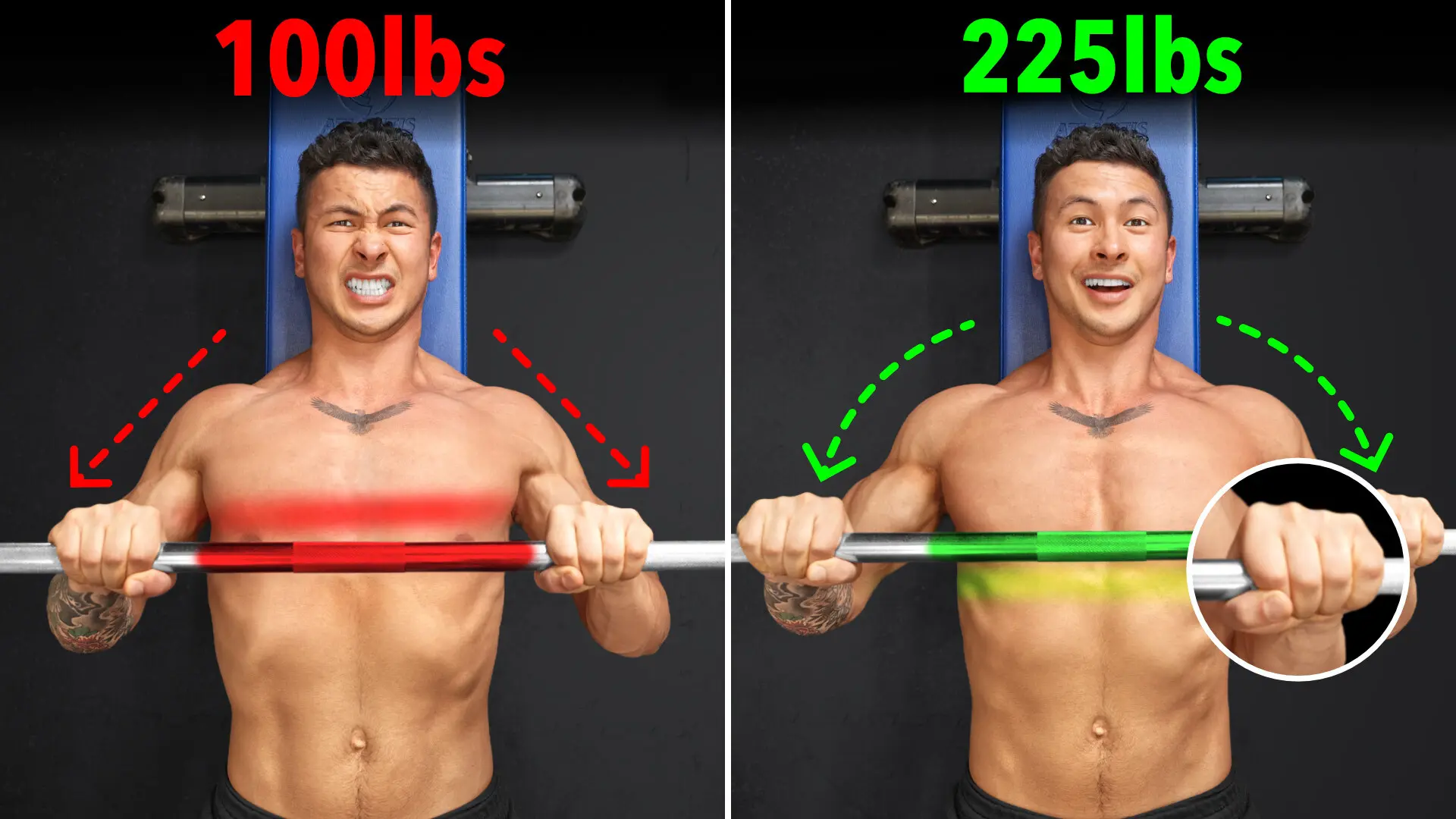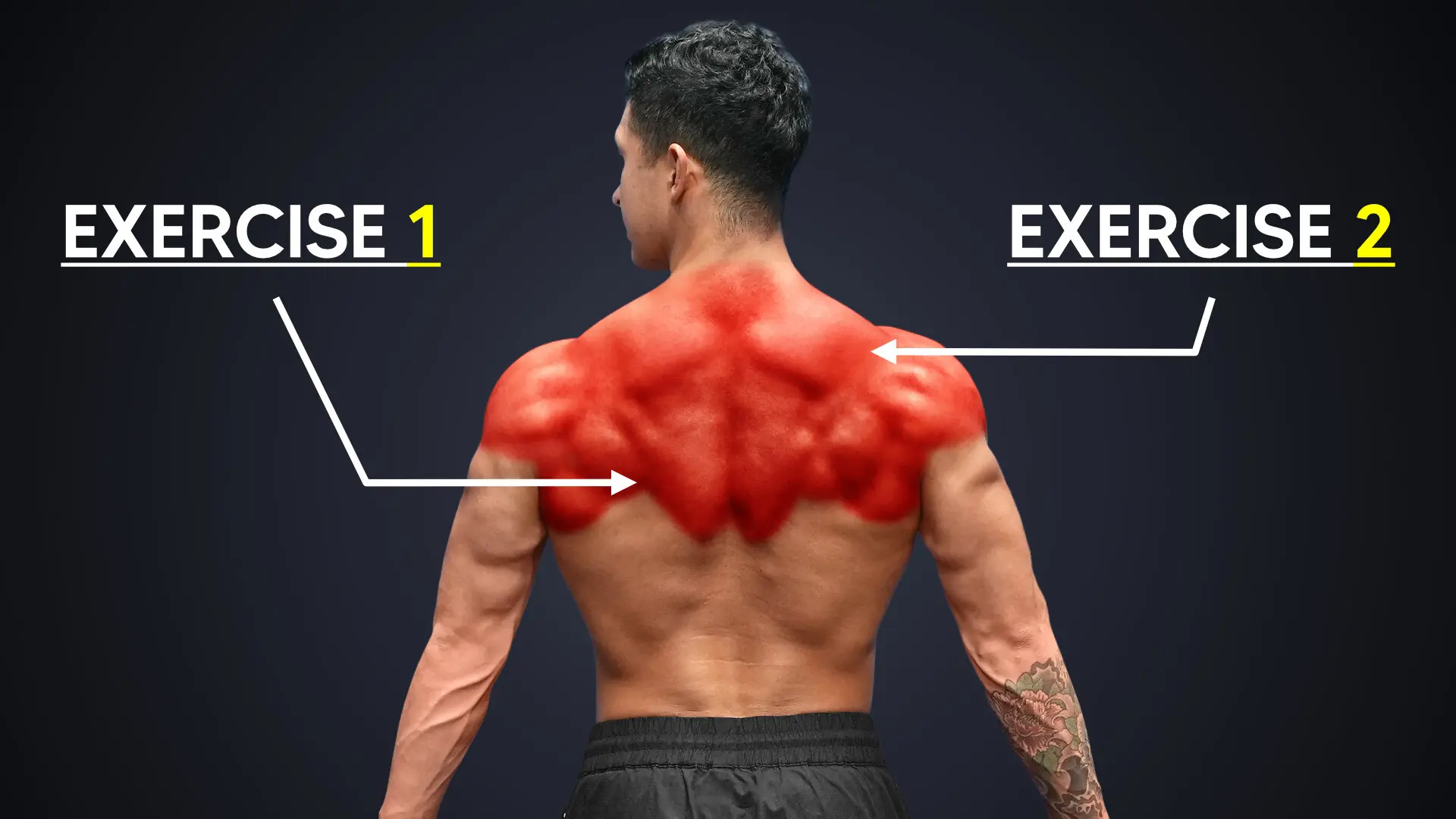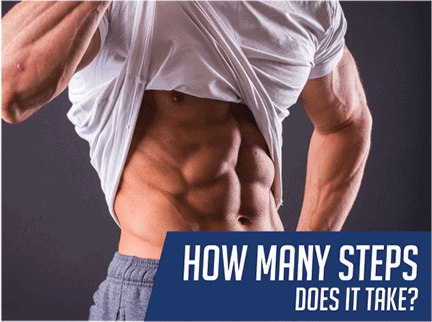
How To Build Muscle WITHOUT Lifting Heavier (5 Science-Based Hacks)
Progressive overload training isn't limited to just adding more weight to an exercise. In this article, I'll show you how to build muscle without lifting heavier.
When it comes to building muscle, we all know the importance of progressive overload. If we can go from curling 20 lb dumbbells for 8 reps to now curling 40 lb dumbbells for 8 reps, with all things being equal, your arms will be considerably bigger as a result of that progressive overload. However, there's something most of us fail to realize. And it's that progressive overload isn’t limited to just adding more weight to an exercise. What's progressive overload though? Well, progressive overload's definition simply means doing more than you’ve done before. Which places greater tension on your muscles over time and causes them to grow. And when it comes to how to progressive overload, there are a variety of ways. In fact, you can continue to stimulate and build muscle without lifting heavier.
Which is beneficial if you have various equipment limitations. Or just tend to experience joint aches and pains once you do start working with heavier weight. And so in this article, I’ll show you 5 ways that you can do just that. You'd understand just how to gain and build muscle without lifting heavier by the end of this.
Before that: if you're looking for a training program that'll help you train in the most optimal approach for muscle growth (WITHOUT lifting heavier), I've got just the thing for you. Every BWS program is designed to help you transform your physique in the most time-efficient manner. And best of all? It's all rooted in science. For more information on how BWS programs can help you to look better - FAST:
Click the button below to take my analysis quiz to discover the best program for you:
↓
1. Slow It Down (…But Not Too Slow!)
One of the things we can do to stimulate more growth without adding more weight is to vary our repetition duration. Or in other words, our lifting tempo. Which simply represents how fast or how slow we perform our reps. Because by simply slowing down our reps, our muscles will now experience greater time under tension. And this helps stimulate more growth even though we haven’t added any additional weight.
However, there is a threshold beyond which slowing down the speed of your lifts has a detrimental effect on hypertrophy. Because in the event that you do go too slow during your reps, you will pay the price in terms of fully activating the motor units of your target muscle. That's even if your muscles do experience far greater time under tension. In fact, research has shown that reducing the tempo down to as slow as 10 seconds per rep, so for example, 5 seconds up and 5 seconds down, resulted in a 36% decrease in chest activation when done on the bench press. And would lead to diminished growth as a result.
Thus, research suggests that a lifting tempo of roughly 0.5-3 seconds for the concentric and eccentric portions of your reps is best for growth. Which to be honest if you think about it is quite a wide leeway with respect to how fast you lift. Most of us likely take just about a second on the way up and way down of each rep. Meaning that instead of adding more weight to a movement, you can instead simply slow your reps down considerably. Doing so will help elicit more tension on the muscle without comprising its activation. And, hence, help you put on more muscle without lifting heavy (need for added weight).
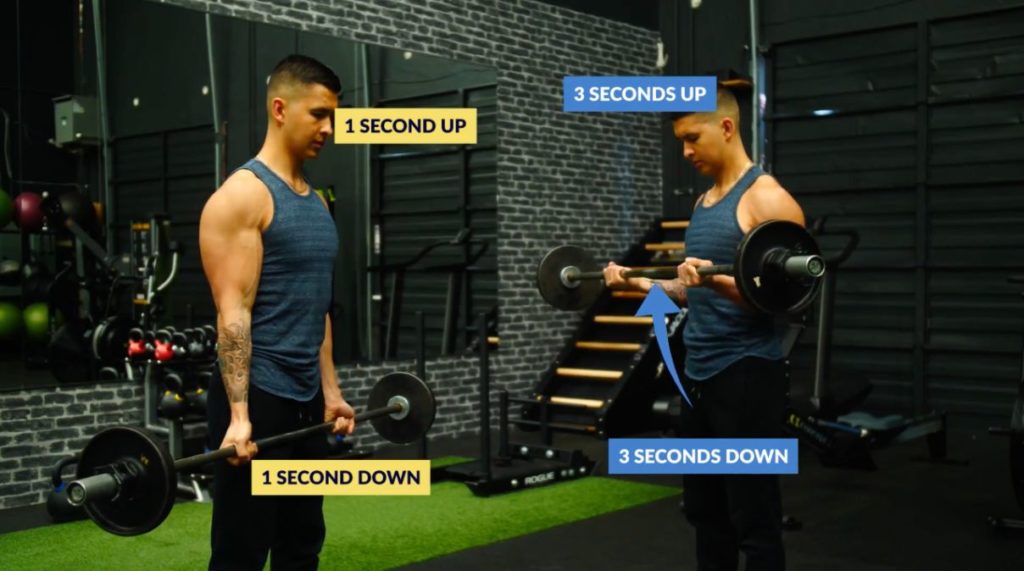
2. Boost Your Efficiency
Another way we can build more muscle without lifting heavier is by using the same load and performing the same amount of reps BUT with more efficiency. Meaning that you’re lifting the same load but with:
- Better form
- More control AND
- Better activation of the target muscle
Because to be honest, many of us lie to ourselves and pretend that we’ve gotten stronger in the movements. But instead, just get sloppier with our execution. I’ve been guilty of this on countless occasions. So instead of adding more load with something like the bench press or even push-ups, if you went from performing:
- Let’s say 10 reps at a certain load
TO
- Performing those same 10 reps with the same load but with better form and a better mind to muscle connection with your chest
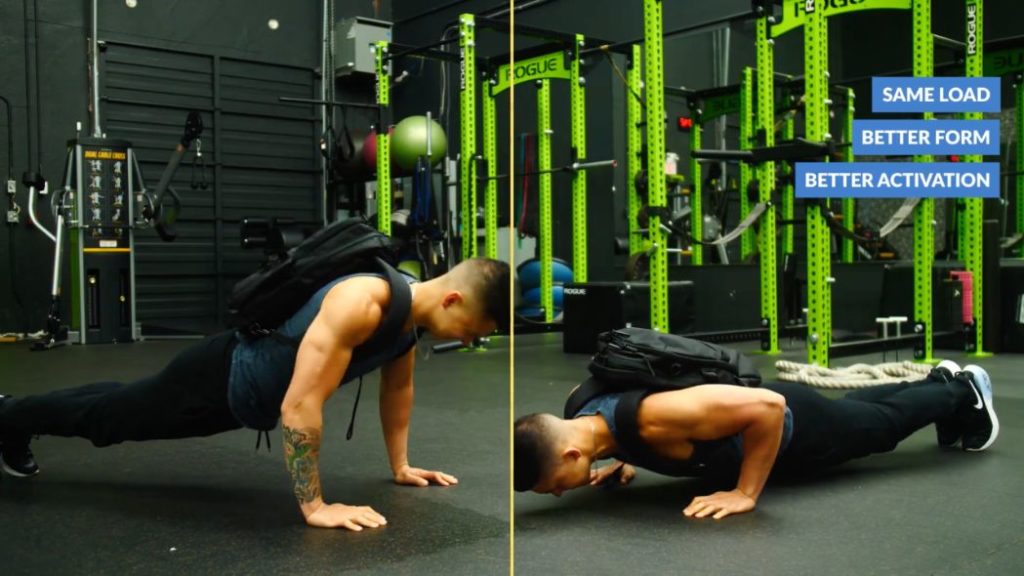
...Then for muscle growth that is just as effective. That's because the target muscles will still experience an increase in tension comparable to if you were to have added more weight to the movement.
3. Shorten Your Rest Times (…But Not Too Short!)
When it comes to how to build muscle without lifting heavier, the next thing we can do is shorten the rest periods we take between our sets. Because if we can go from performing:
- Let’s say a dumbbell shoulder press for 10 reps at a certain weight with 3 minutes of rest in between sets
TO
- Now performing the same reps and weight but with just 2 minutes of rest in between sets
...We’ll now again enable us to stimulate more muscle growth without the need to lift heavier. Why? Well, because of the added metabolic stress your shoulders will experience from the shortened rest times.
However, at the same time, we don’t want to shorten the rest times to the point where our volume and reps performed suffer and decrease significantly as a result. As this will counteract the benefits of the added metabolic stress. And based on the current state of the research, it seems that for your main compound movements in the gym and even compound bodyweight movements like pull-ups and hard sets of push-ups, you typically wouldn’t want to decrease your rest times to shorter than 2 minutes if you want to maximize the growth response you experience from them.
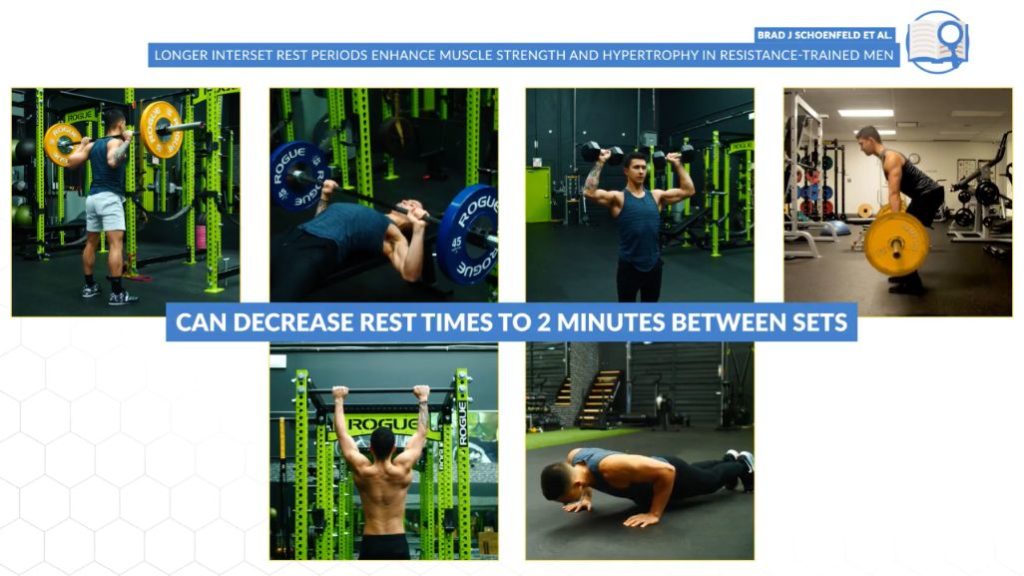
Whereas isolation movements like curls, for example, you have a little more leeway. And can decrease your rest periods there down to even just 60-90 seconds. That's because these movements don’t show the same decrements in performance from shorter rest periods as compound exercises do.
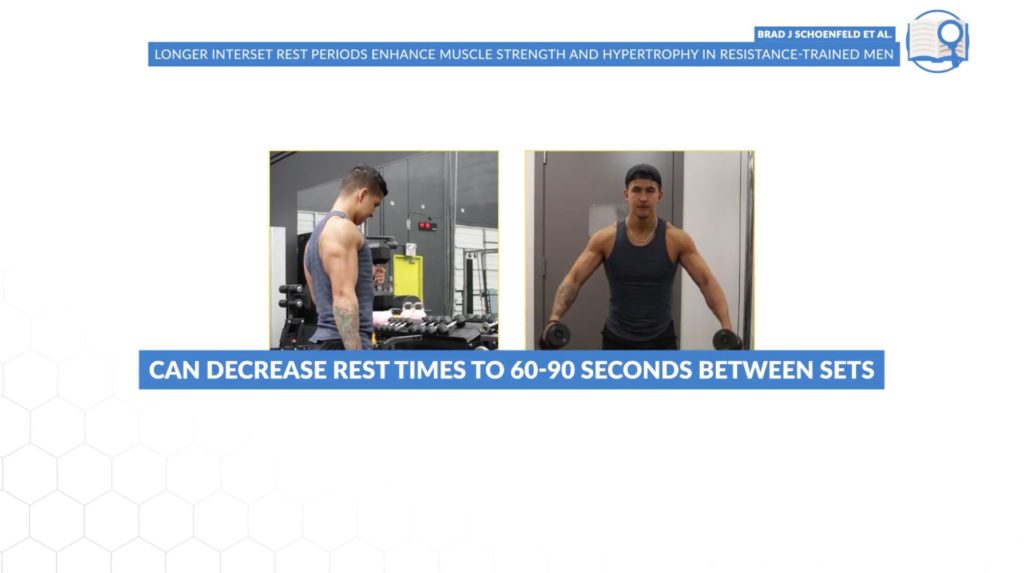
4. Boost Your Range Of Motion
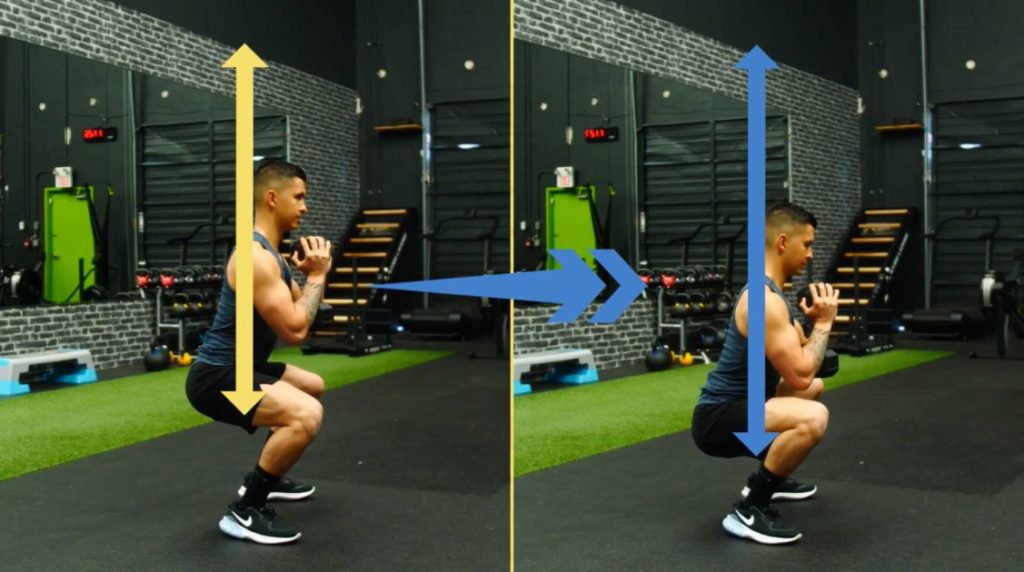
Another thing we can do is alter the range of motion of our exercises. We know based on research that for the most part, performing your exercises with a full range of motion tends to lead to greater growth. Which is true for many exercises like the squat, bench press, pull-ups and push-ups, for example.
And if you perform these various exercises with the same amount of weight, yet simply increase the range of motion of the exercise, you can effectively increase both the:
- Stretch AND
- Time under tension
Your muscle experiences during each rep. And, as a result, stimulate more growth without having to add any additional load. For instance, instead of adding 10 lbs to your squat, another option to stimulate more growth would be to simply squat an inch or two deeper during each of your reps. Or instead of trying to add weight to your push-ups, you could instead perform them at a deficit by stacking your hands on dumbbells or stacks of books.
There are countless ways that you can apply this concept to your exercises to take them past their usual range of motion limits. And, as a result, increase the muscle growth stimulus without having to use more weight.
By the way, if you’re someone who enjoys learning about the ‘whys’ of training programming, you’re absolutely going to fall in love with our 3-on-1 coaching program. My team of experts here at BWS – and I – will always take the time to explain the rationale behind every single aspect of your personalized training (and nutrition) program. Find out more about how we can help you achieve your dream physique below:
Click the button below to find out more about the 3-on-1 coaching program:
↓
5. Increase Reps (…Up To A Point!)
As I’ve explained in past articles, it’s been shown on numerous occasions now that lifting:
- Light weights with higher a rep range VS
- Heavier weights with a lower rep range
...Builds comparable muscle growth as long as you’re pushing to or close to failure. So rather than adding more weight to a movement, we can instead just simply increase the numbers of reps we perform per set to get the same effect. As for how high to go, there is a threshold to this. Which seems to be right around 30 reps or so.
Meaning that if you’re working with a certain weight, you have the freedom to increase the number of reps you perform with that weight all the way up to 30 reps per set. After which, you’ll want to then either:
- Add more weight OR
- Overload the movement further by using another one of the tips I covered in this article when it comes to how to build muscle without lifting heavier
That will allow you to continue maximizing growth.
How To Build Muscle Without Lifting Heavier: Implementation
So, how can you best implement these 5 methods? I would recommend always starting with efficiency before moving onto the other methods. So, for example, let’s say you can perform 3 sets of 15 reps of a weighted push-up. And are now ready to overload it to stimulate some more growth.
To do so, you should first start by aiming to perform those 3 sets of 15 reps with better form and with better activation of your chest. Only once you nail that down should you then move onto the various other methods I discussed to make the movement even more difficult. But also while still ensuring that your form and efficiency doesn’t get compromised as a result.
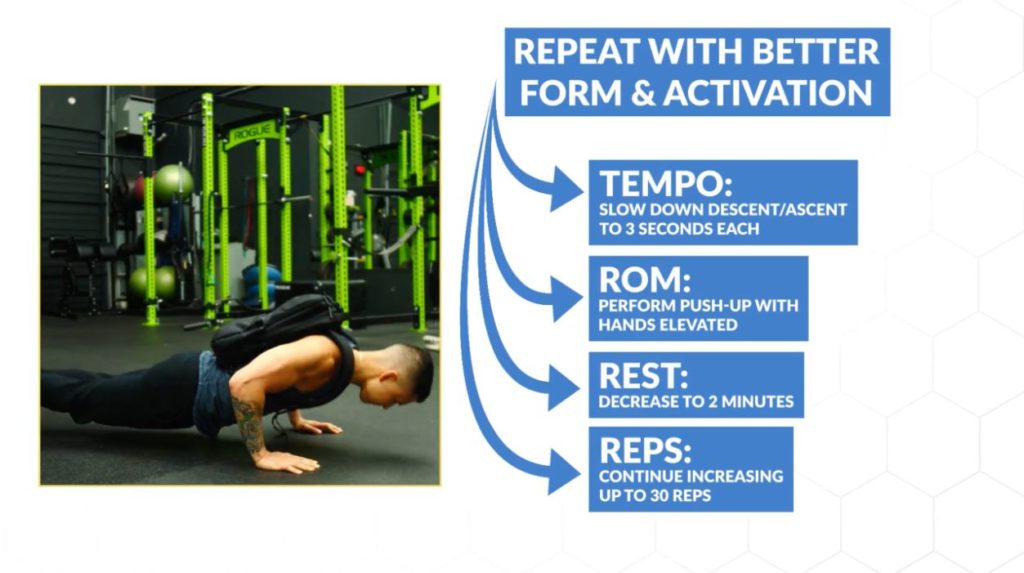
All in all, though, tension is tension. Your muscles can’t tell whether you apply that extra tension on your muscle by:
- Lifting heavier OR
- Using some of the methods I went through in this article
Admittedly, there does eventually come a point where it’s just more convenient to overload your movements by adding more weight. But I hope you were able to see that there are nonetheless many viable ways that you can continue building muscle without the need to lift heavier. So, when it comes to the question, 'Do I have to lift heavy to build muscle?' The answer is no; not really.
And for a step-by-step all in one program that shows you exactly how to train and eat to build muscle and lean down most effectively with science, then:
Click the button below to take my analysis quiz to discover the best program for you:
↓
Hopefully, you now know how to build muscle without lifting heavier! Don’t forget to give me a follow and connect with me on Instagram, Facebook, and Youtube as well, in order to stay up to date with my content.


